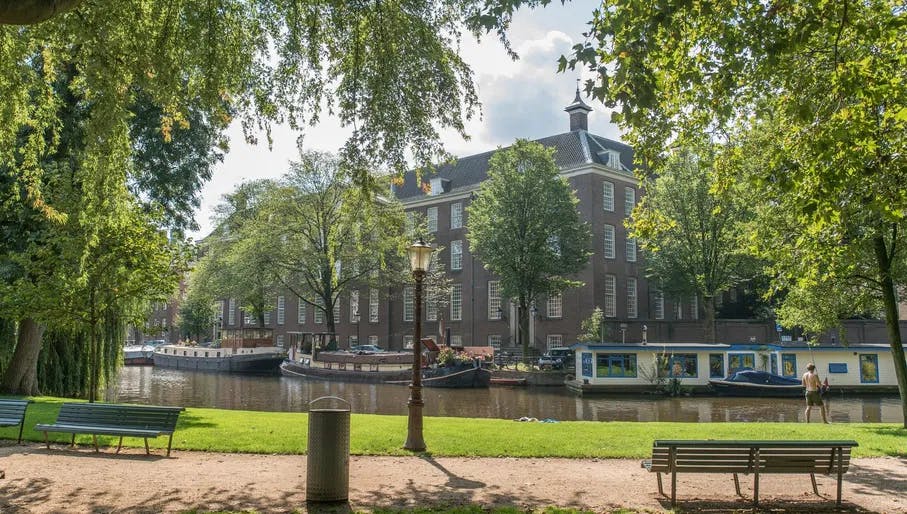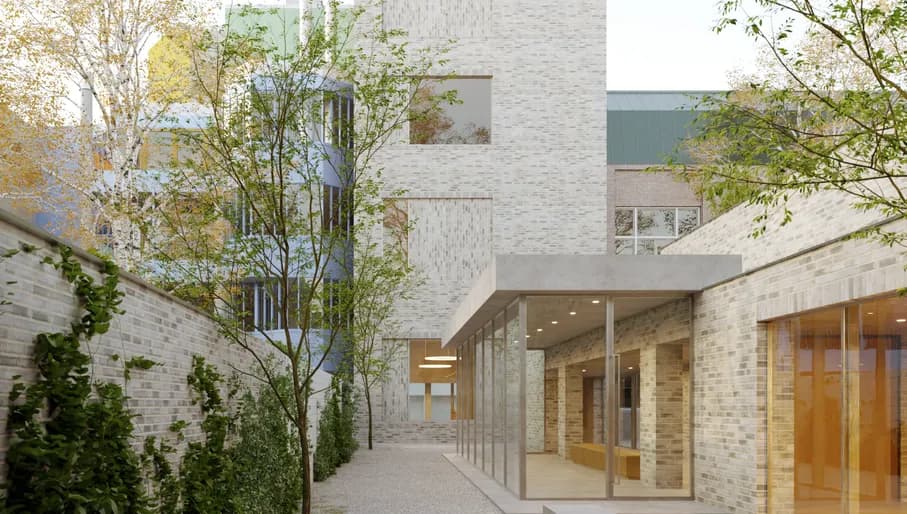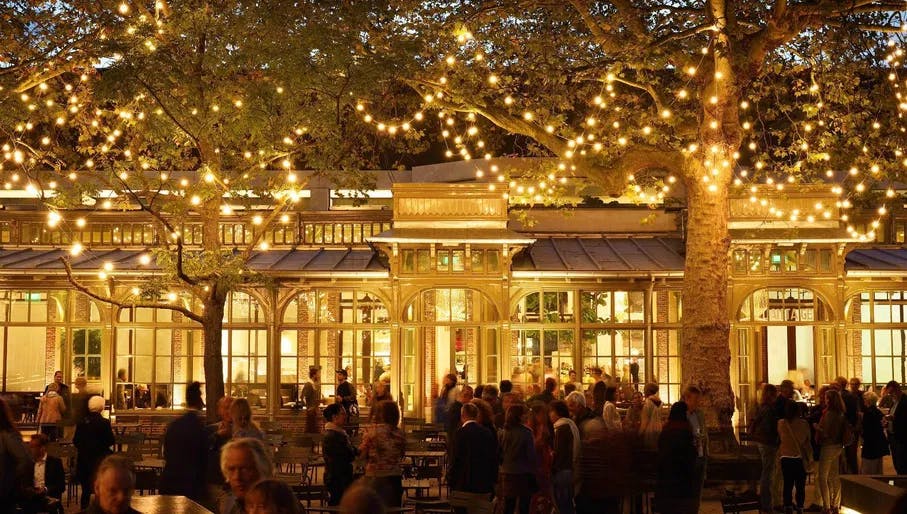
Art and culture in De Plantage
7 January 2026


In the 17th century, the overpopulated canal belt was practically bursting at the seams. As Dutch trade networks grew, so did the wealthy middle classes, so much so that they could no longer be housed in the city centre. The solution: a lush green development offering spacious homes mere minutes from the city centre. De Plantage was born.
But this new neighbourhood attracted more than just the mercantile class. Over time, similar overcrowding across the city brought Jewish residents eastward, and the neighbourhood became a centre of Jewish cultural life. This was reflected through the development of buildings like the Portuguese Synagogue, established by descendants of Jewish refugees from the Iberian Peninsula, and the Hollandsche Schouwburg—a popular theatre that made performance art accessible to a broad audience—which was even attended by the likes of Rembrandt van Rijn, who lived just a stone’s throw away.
Alongside this tolerance and community spirit, De Plantage was also an incubator for scientific knowledge. With the rise of the Enlightenment period and its interest in experimentation and observation, understanding the natural world was more important than ever. Hortus Botanicus – one of the oldest surviving botanical gardens – was initially built as a medical herb garden, and soon became the beating green heart of the neighbourhood. ARTIS, the country’s first public zoo, was constructed nearby shortly after.
In 1940, the country ground to a halt when Nazi Germany invaded and occupiers turned De Plantage into a site of profound suffering. The persecution of its Jewish community reached new heights when the Hollandsche Schouwburg was repurposed as a deportation centre, and from here, thousands of Jews were sent to concentration camps.
In the post-war period, De Plantage entered a period of decline and disrepair. Many of its residents were displaced or had not survived. Before the war, the Portuguese Synagogue was a true epicentre of Jewish life, boasting a congregation of several thousand. After the war, its community had been decimated and numbered only a few hundred. Though the scars of this terrible period remain, contemporary efforts to revitalise the area’s former Jewish history and community can be felt across De Plantage today.



As you wander along the tree-lined boulevards and take in the elegant homes of De Plantage, you might still feel the traces of the area’s wartime history. The National Holocaust Museum, which opened its doors for the first time in 2024, presides over the Plantage Middenlaan, which serves as the area's main artery. Nearby, you’ll find the Verzetsmuseum (Resistance Museum), which offers a fascinating glimpse into the lives of brave individuals who resisted and defied injustice. A moment away, you’ll find Weirthempark, the oldest park in Amsterdam, which was named for 19th-century Jewish philanthropist A. C. Weirthem. This quiet, contemplative park also houses the Auschwitz Monument, thoughtfully designed by Dutch writer and artist Jan Wolkers.
More than simply a beautiful neighbourhood, De Plantage is a place continually in dialogue with its past. As it grows increasingly popular with locals and residents alike, visitors find new ways to connect with its heritage and vibrant present. Discover plenty of restaurants and cafes, many anchored around the neighbourhood’s cultural institutions – take Cafe Restaurant De Plantage, housed within the grounds of the ARTIS Zoo, or Dignita Hoftuin in the gardens adjacent to the H’ART museum. With its wealth of museums, restaurants, and monuments, it’s clear that culture and community continue to be inextricably linked in De Plantage.